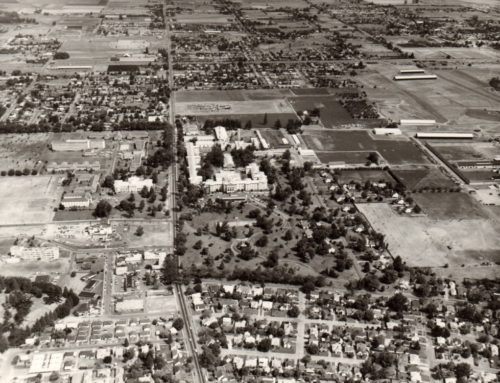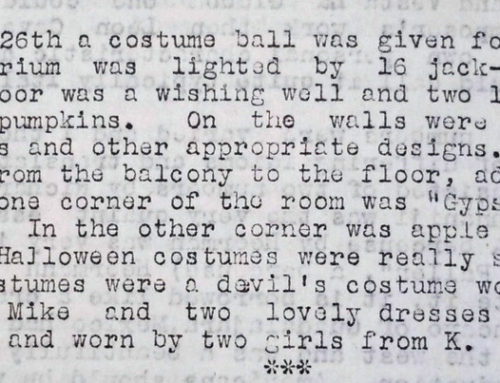The following is a schedule of monthly wages for employees at the Oregon State Insane Asylum (OSIA). The schedule was adopted by the Board of Trustees of OSIA, April 1, 1903. Laundry workers at OSIA, Oregon State Archives OSH0012 The salaries of the attendants in the main building (J-Building) were also split up by ward: It should be noted, too, that the above list does not include the physicians nor the superintendent.
Bookkeeper
100.00
Stableman
35.00
Stenographer
50.00
Musicians
Left to Superintendent
Steward
80.00
Engineer
100.00
Dept. Overseer
75.00
Asst. Engineer
35.00
Commissary
60.00
Carpenter
60.00
Basementman
45.00
Asst. Carpenter
45.00
Supervisor
60.00
Plumber
55.00
Night Watchman
60.00
Blacksmith
45.00
Porter
35.00
Tinner
45.00
Portress
30.00
Mason Plasterer
50.00
Chief Cook
75.00
Painter
40.00
Cook & Baker Cottage Farm
70.00
Shoemaker
45.00
1st Asst. Cook
40.00
Tailor
45.00
2nd Asst. Cook
35.00
Seamstress
30.00
Baker
60.00
Laundryman
45.00
Can Washer
35.00
Asst. Laundryman
37.50
Table Girl
25.00
Laundress
37.50
Farmer
60.00
Druggist
50.00
Gardner, Farmer
50.00
Matron
50.00
Gardner, Landscape
40.00
Night Attendants (male)
40.00
Farm Help
25.00
Night Attendants (female)
40.00
Dairyman
40.00
Attendants (Male)
42.50
Hackman
35.00
Attendants (Female)
40.00
Male Wards 1, 5, and 8: 1st Attendant: $2.50; 2nd Attendant $40.00; 3rd Attendant $37.50
Male Wards, all others: 1st Attendant $40.00; 2nd & 3rd Attendant $37.50.
Female Wards, 10, 13, 17: 1st Attendant $40.00.
[1] Payroll Register 1902-1906, Oregon State Archives (2/10/07/04).
[2] U.S. Department of Labor & US Bureau of Labor Statistics. 100 Years of U.S. Consumer Spending: Data for the Nation, New York and Boston, May 2006. (http://www.bls.gov/opub/uscs/report991.pdf) lists the average yearly household income in the U.S. in 1901 as $750.
[3] Samuel H. Williamson, “Seven Ways to Compute the Relative Value of a U.S. Dollar Amount, 1774 to present,” MeasuringWorth, April 2010. www.measuringworth.com/uscompare/
Staff, 1903
[1] For a little perspective, the average household income in the U.S. in 1901 was $62.50 a month [2] and $1.00 in 1903 is worth $25.20 in today’s money.[3]





